VilniusMapNovember 11–13, 2006 Vilnius is quiet, pleasant, soulful, and somewhat pointless, like all Baltic- Scandinavian cities. 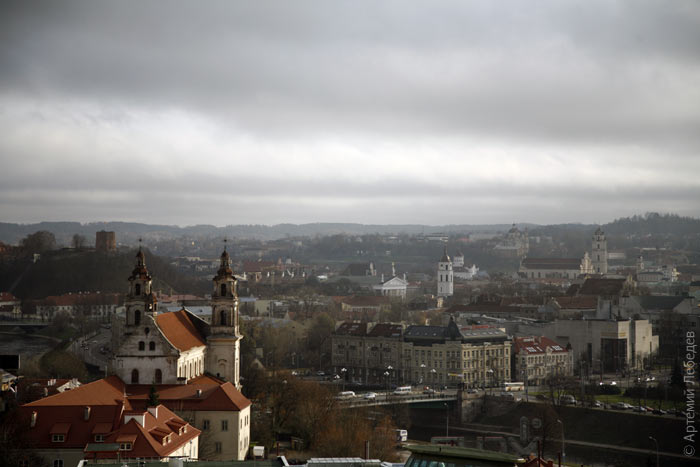 Traces of the city’s Soviet past are plentiful. 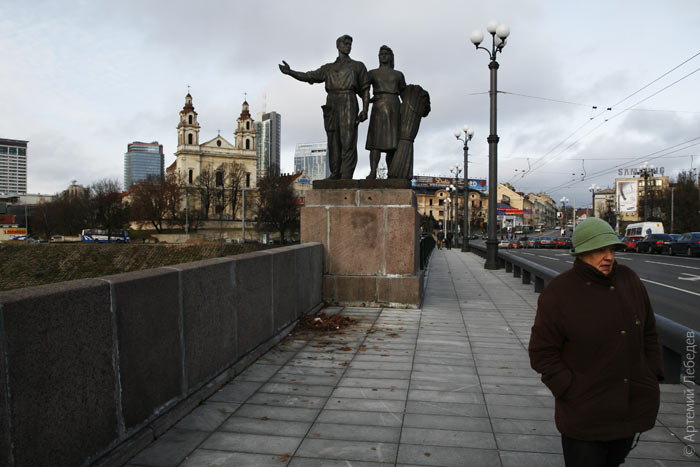 Here’s a manhole cover with a Lithuanian Soviet Socialist Republic sign (there are lots of them left in the city): 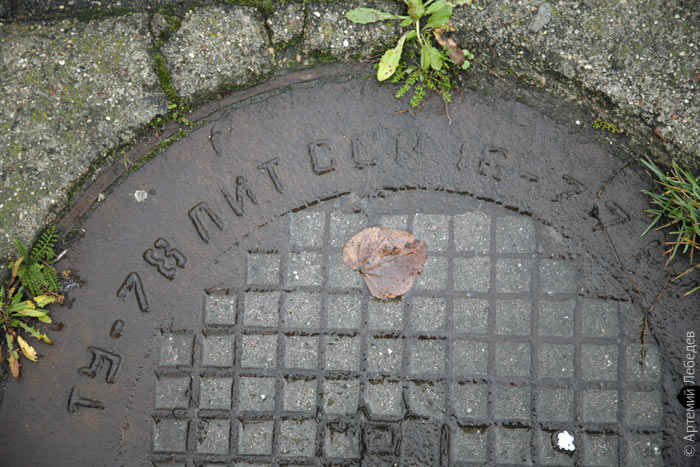 Here’s a manhole cover which predates the revolution: 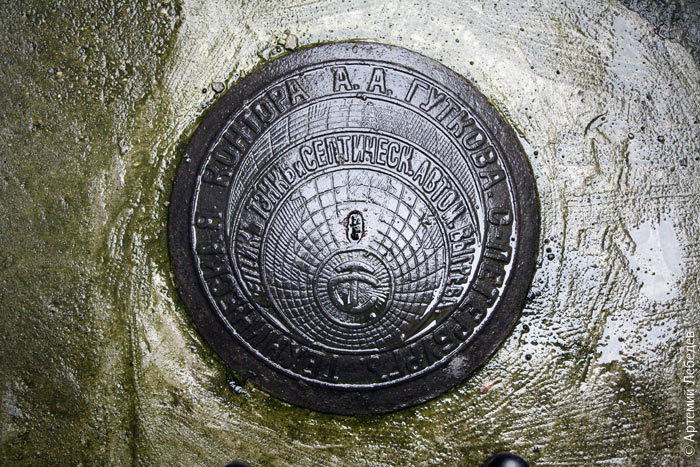 There are also modern-day manhole covers bearing the coat of arms, which shows a guy with a maritime pilot’s rod wading through sewage, a chipper child on his shoulder holding the orb and cross in its hands: 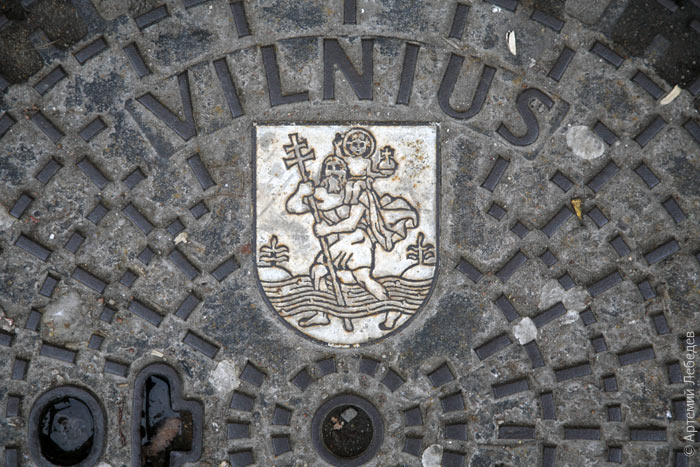 Here Russian speakers are not treated with Freken Bok-style icy contempt (which is something you do encounter in Latvia). 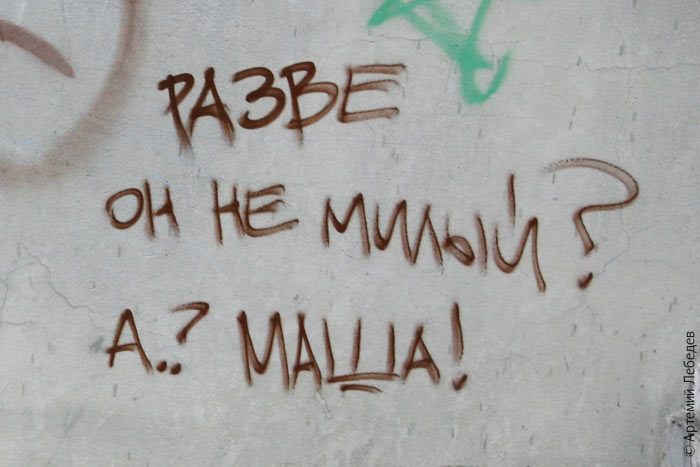
Isn’t he lovely? The interior courtyards in Vilnius are tourist attractions, just like the courtyard-wells in St Petersburg. 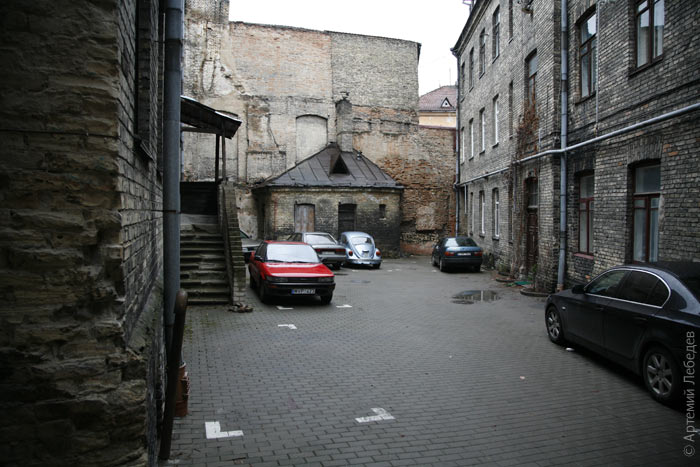 You could write a whole book about the courtyards here, they’re certainly diverse enough. 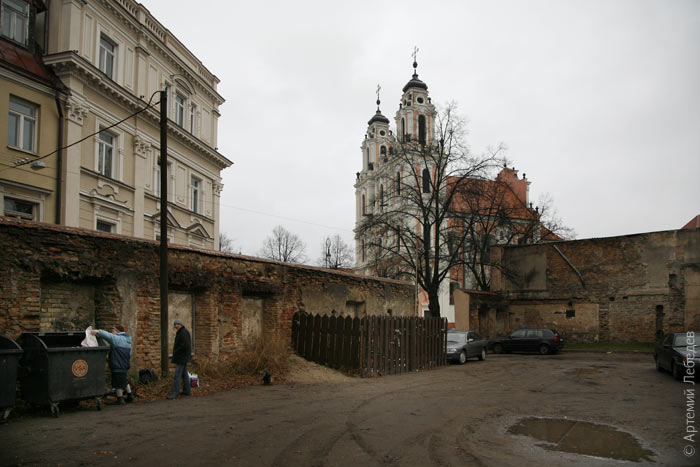 You can spot some old letterboxes: 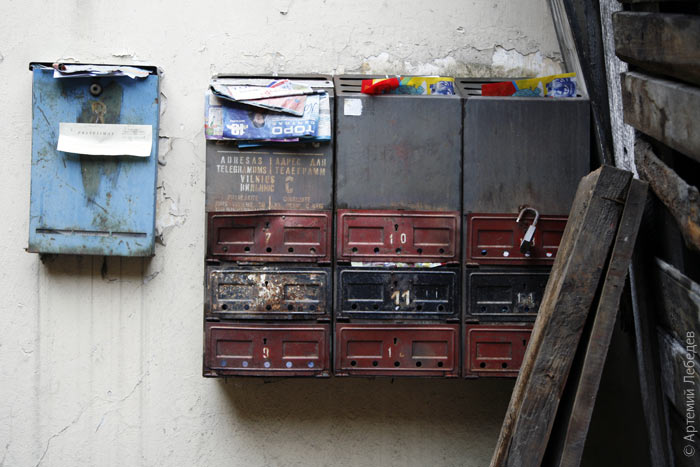 In contrast to the multitude of minute details from the material culture of the past, there was only one pile of snow in the entire city. 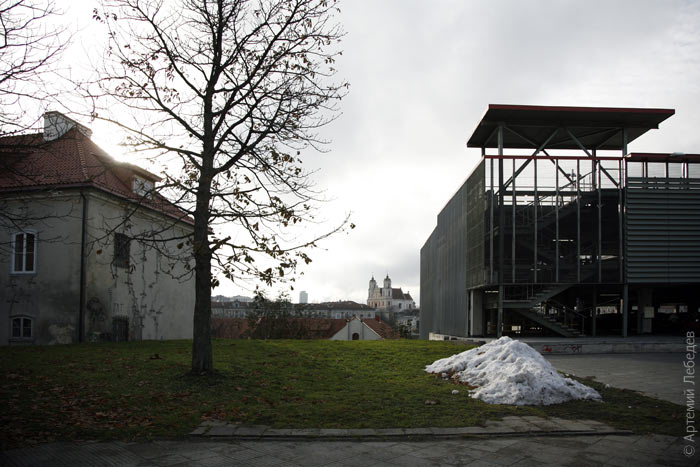 The Stalin-era houses that remain still have the original window frames — soon to be thrown out as people give into the temptation of plastic windows.  Other old stuff includes a monument to a man in a babushka-style headscarf. 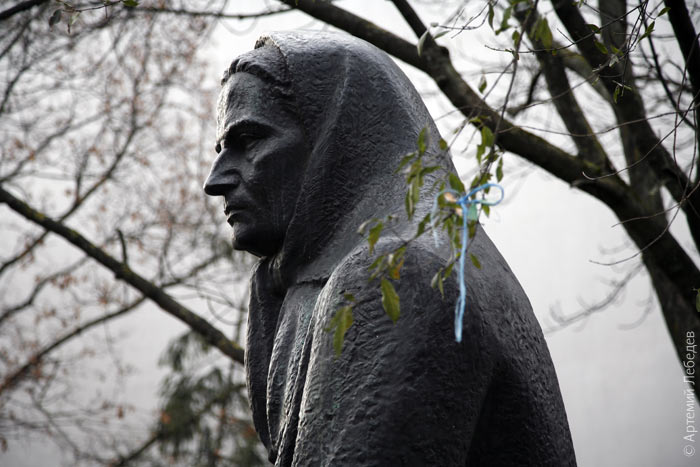 And old men: 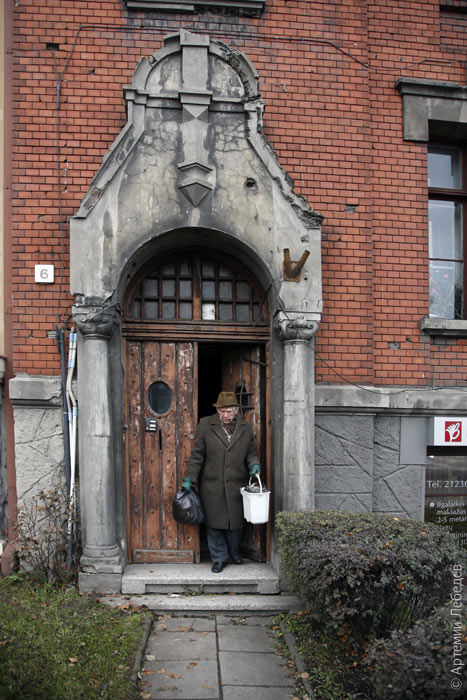 Interestingly, the art of storefront design is stuck at the level of a rural co-op store from the early eighties. The way the goods are displayed is so primitive that you can’t help feeling awkward. 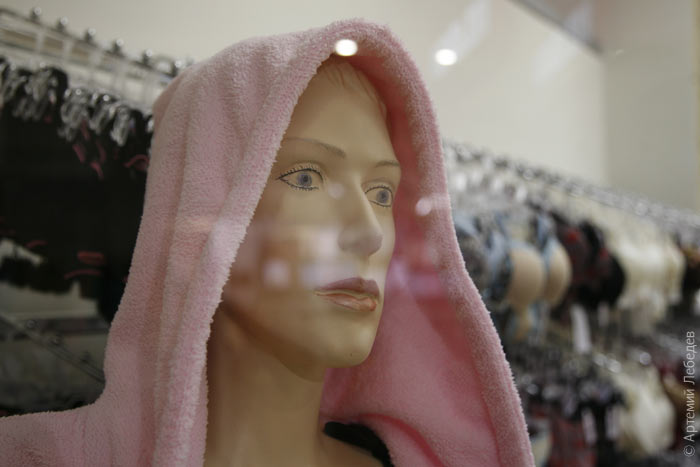 As for new details, note the signs stating the distance accurate to the metre (like in St Petersburg): 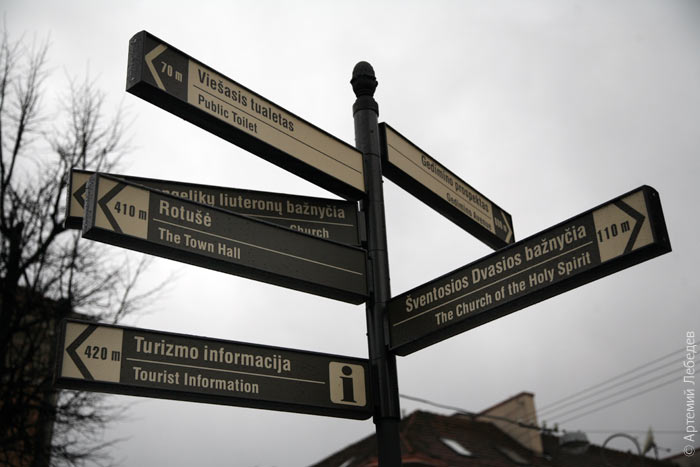 Signs showing the distance to the nearest manholes in stamped numbers: 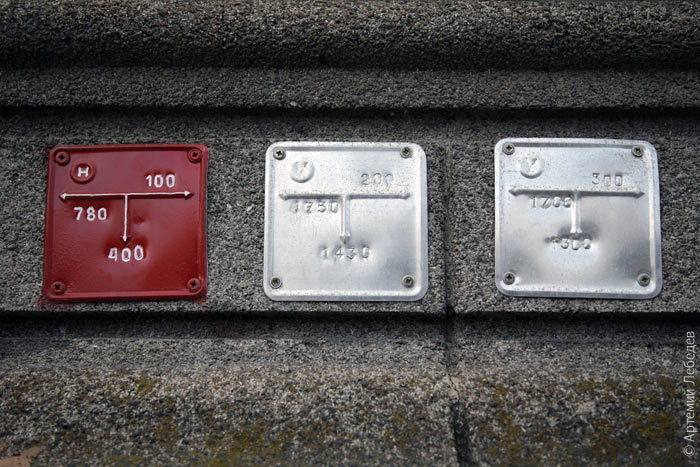 Bus and trolleybus timetables look like a cross between cactuses and Buddhist prayer wheels: 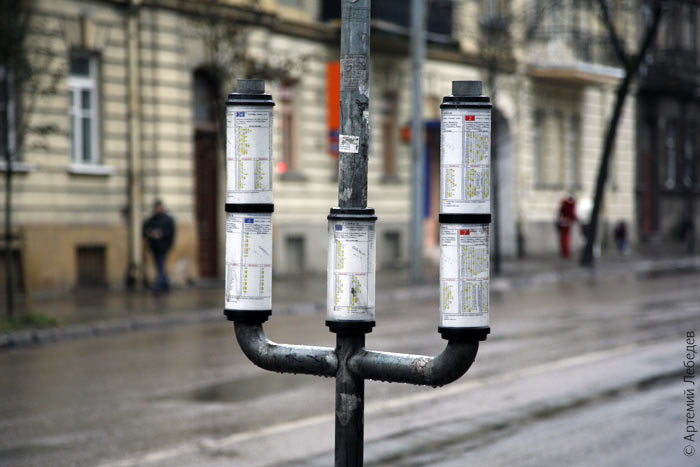 Yellow plastic chests full of sand (like on the Faroe Islands):  This is not a refuse chute, it’s a special hatch for unclogging the rainwater downpipe: 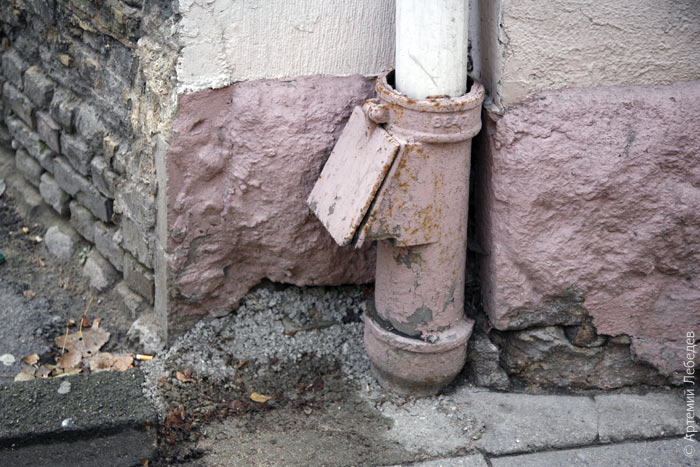 Cycle paths are painted all over the city, kind of like in Holland, but for some reason there aren’t any bicycles around. 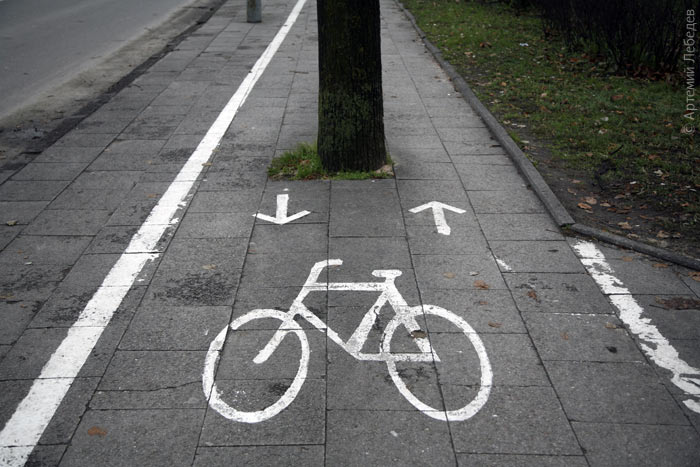 Lithuanians are energetic drivers, which is out of character for Balts. That’s why they have to be told to give way to mushrooms traversing the zebra crossing.  Here’s some legit national heritage — which also doubles up as a distinctive national trait: store opening hours. There’s a different design on every door and a different way of marking them. Lithuanians often write the days of the week in roman numerals (even on road signs), that’s why the red strip saying “VII” should be read as “Sunday — closed”. 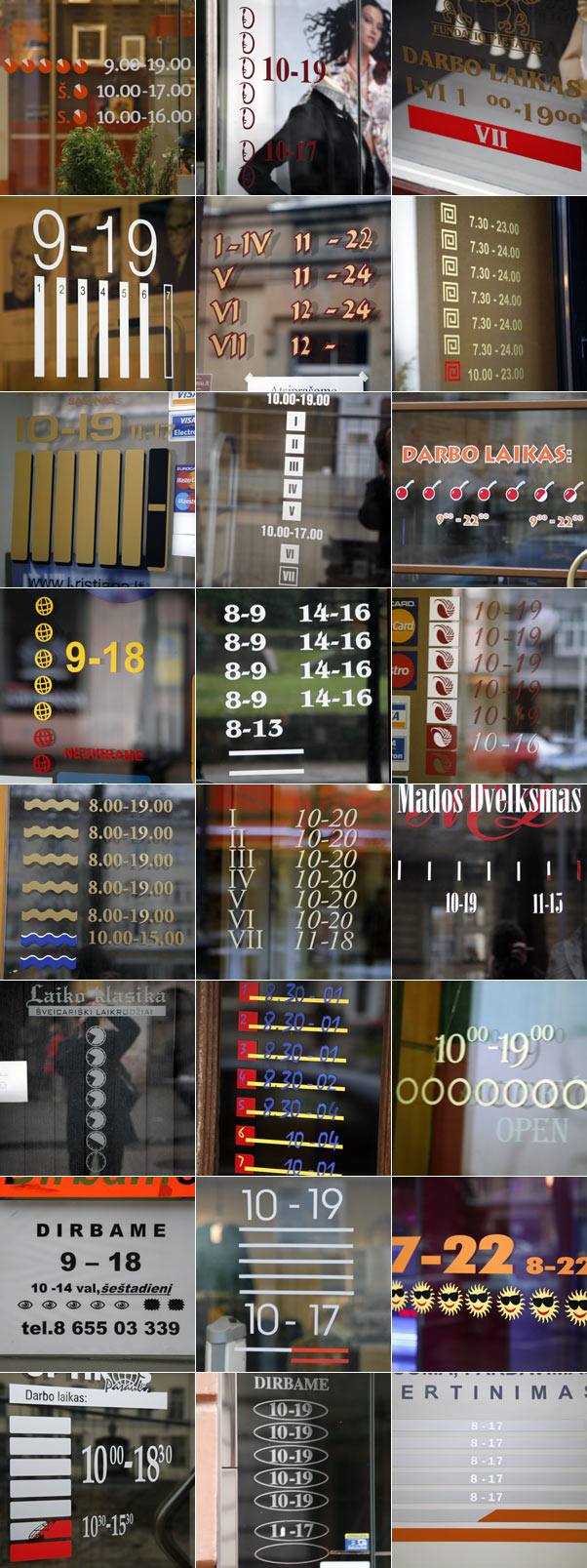 The most interesting museum in Vilnius is the KGB torture chamber. Before the collapse of the USSR the basement of the building, which belonged to the KGB, served as a prison. Anything that wasn’t repurposed for use by the current state security department is there on display. The tour begins in the reception area. 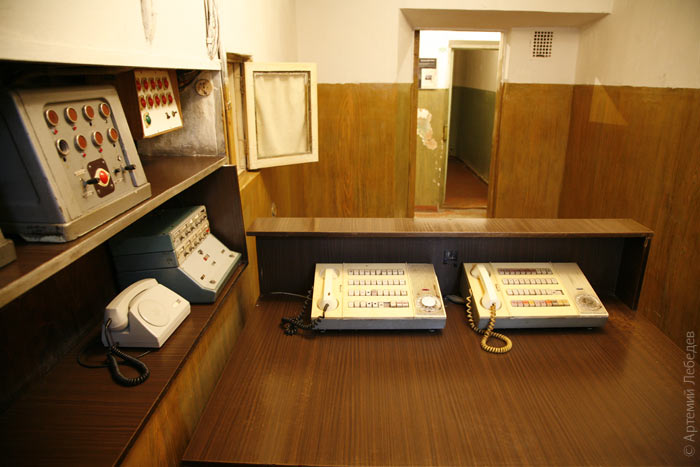 Visitors are invited to stroll around the prison yard and to look inside the cells. 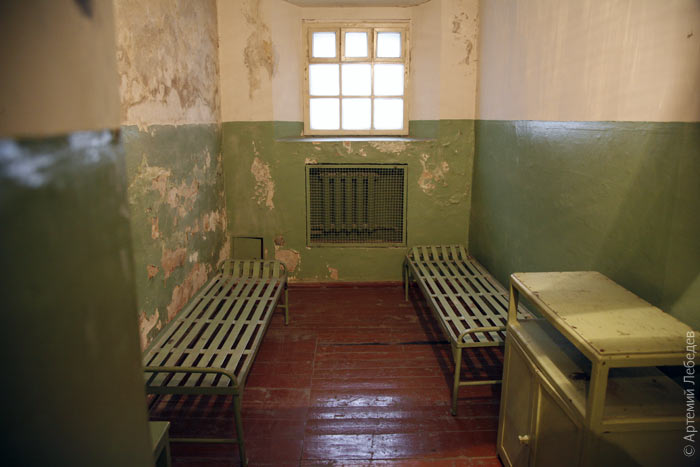 The basement is fairly large and capacious, plus under it there’s a small compartment that’s entirely below ground level. This is where the Cheka agents meted out their iniquitous justice. It’s not very convincing — an underground execution chamber shouldn’t have 50 bullet holes in a wall behind a glass panel, at the very least it should be reminiscent of the last scene in “Wolfenstein”. For some strange reason a sewer pipe, glasses, boots, and personal effects are strewn about under the transparent floor. 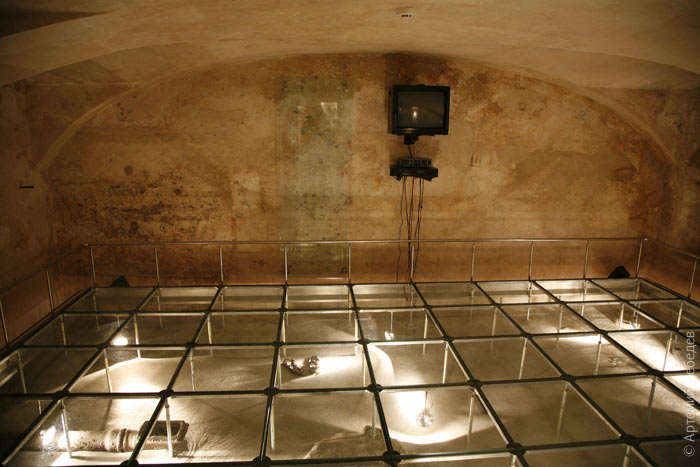 There’s a wiretapping room on the first floor. The exhibition comes with sound accompaniment — a phone rings incessantly, then a man and a woman discuss dissident activities of some sort while an evil KGB agent (none left in the museum) supposedly eavesdrops in on their conversation. Next there’s a room full of souvenirs where you can check out the “young Cheka agent’s solemn oath”, strikingly similar to the oath sworn by the Young Pioneers. 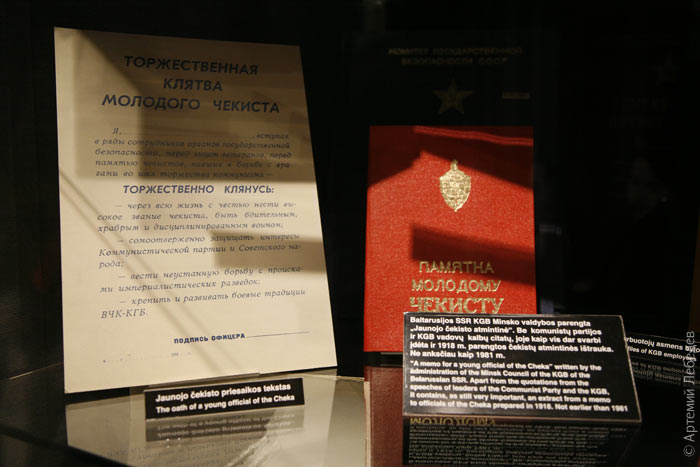 To really scare the living daylights out of you they show you Darth Vader’s helmets, which the KGB used as gas masks. 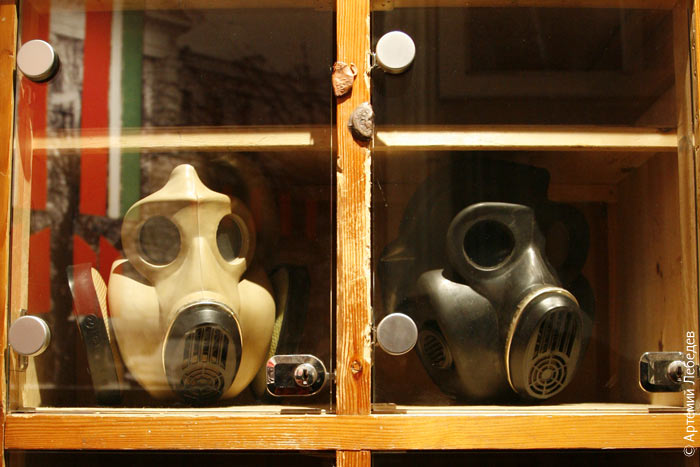 Meanwhile, out in the street they were making a movie about the past, right next to a functioning prison. 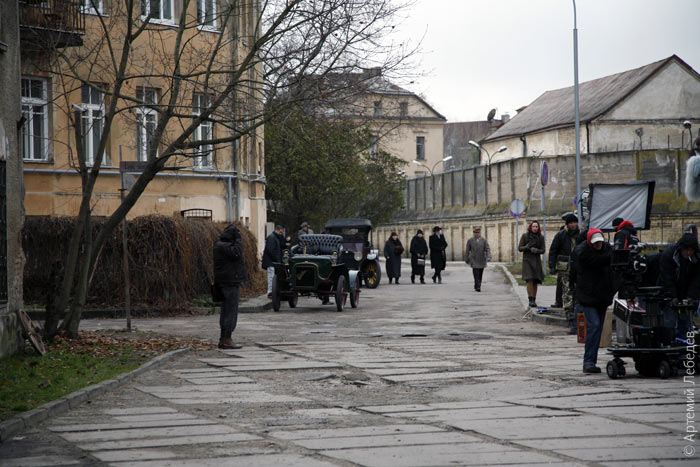 |